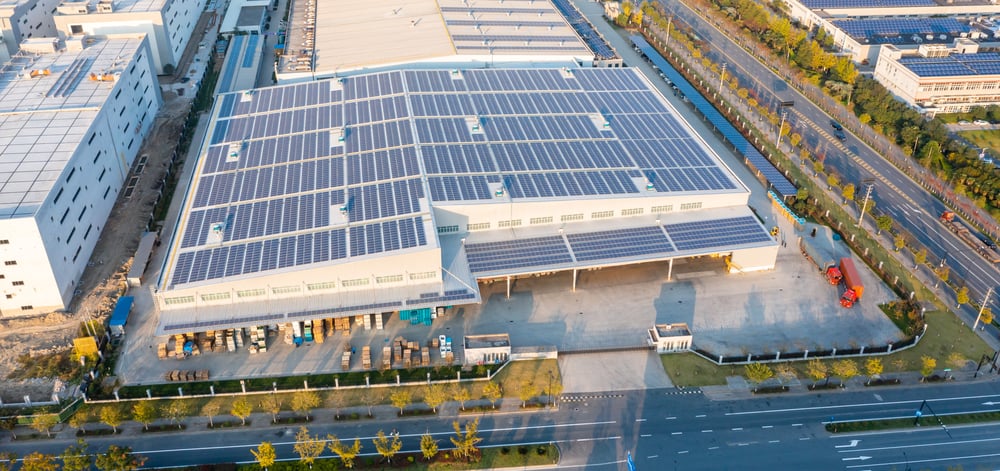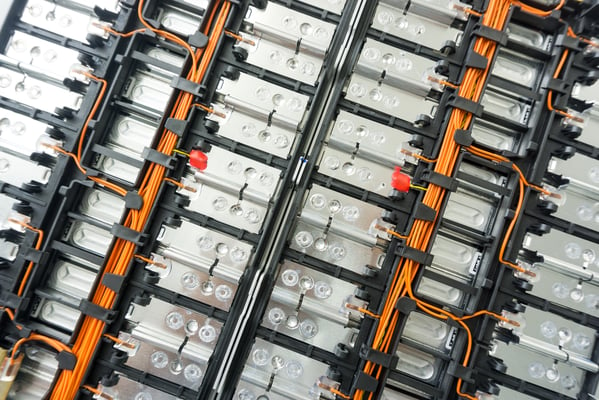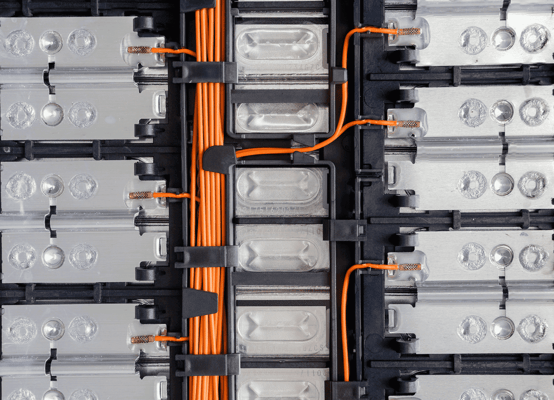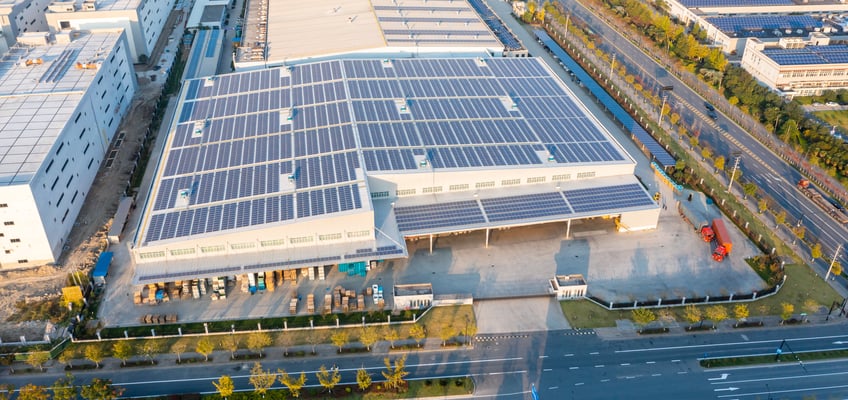
How to use BESS for solar power utilization. How it works?
Solar power is the most reliable renewable energy source worldwide, and photovoltaic energy production will be the predominant technology in the ongoing race toward climate neutrality. However, solar energy is volatile and requires a steady «co-worker» in order to mimic and even outperform conventional fossil-based energy.
This is where BESS fits perfectly.
What is BESS?
BESS (battery energy storage system) is a system of rechargeable batteries assembled with advanced technology and software, offering a storage and usage solution for power from renewable energy production like solar, wind, and water, or from the power grid.
This solution is highly beneficial from a consumer's point of view, behind the meter. It offers energy stability, energy independence, lowered energy costs, and sustainability for commercial buildings and premises with high energy consumption, residentials with solar arrays, and agricultural facilities.
BESS is also important in front of the meter, meaning for the energy producers and the whole energy system, as more renewable energy is going into the energy mix, and the energy system infrastructure is becoming more decentralized.
By installing battery energy storage systems in front of the meter, the harvested renewable energy is much better utilized, the power grid is stabilized and there is a better balance between demand and consumption.
Read more about why BESS plays a crucial role when energy systems change.
What are the components of BESS?
The battery storage system consists of lithium-ion battery modules, connected in series and/or parallel, a storage enclosure with thermal management, a battery management system (BMS), a power conversion system (PCS), and an energy management system (EMS).
The battery management system monitors the battery’s output, voltage, temperature, health, fire warning, and state of charge (SOC). It also regulates the charging and discharging power based on the input signal.
The power conversion system, also called a bi-directional inverter, handles the conversion back and forth between AC and DC. All the clusters from the battery system are connected to a common DC bus and a further DC bus is extended to the power conversion system.
The energy management system is the link between the grid demand and the battery management system. It monitors what the grid needs and how that required energy can be transferred from the BESS. This is done via control logic. The EMS sends an input signal to either charge or discharge the battery, depending on the control logic requirement and state of charge of the battery system.
Read more about BESS in our article «How do ECOSTOR’s battery solutions work?»
How does BESS optimize solar energy?
Installed in conjunction with photovoltaic (PV) solar panels, BESS can store surplus energy from the energy generation during times of high production, such as in the middle of the day when the sun is shining, and release it for use during times of low energy production. This way, the solar energy is not wasted, but fully utilized.
A BESS installed behind the meter enables the consumer to use their own battery stored solar energy when the electrisity prices in the market are high, thus avoiding peak demand periods. Without the battery storage system, the surplus solar energy would have been wasted or sold to the power grid for less than the purchase price.
A BESS installed in front of meter ensures the power producers a cost-effective and sustainable renewable energy production and optimized prices for their energy.
Energy storage systems (ESS) are not novel technology. Traditional ESS like pumped-storage hydroelectricity, , compressed air storage, flywheel energy storage, thermal energy storage and mechanical gravity storage have been utilized for a long time. However, energy storage systems using batteries (BESS) are only now becoming fully commercialized and profitable, much as a result of price reductions on lithium-ion batteries and the increasing access to spent EV batteries.
Read also «What happens to EV batteries when they expire?»
Who can install BESS for optimising solar power generation?
A battery storage system can be installed wherever there is solar power production. For households and farming facilities with solar arrays, small-scaled battery storage systems, often built with second-life EV batteries, are perfect.
For commercial buildings and installations in front of the meter, larger systems with new batteries are preferred and necessary in order to meet the needs and requirements of the user.
Solar energy and BESS - the killer combo
In order to achieve the circular economy we need to continue living on this planet, we have to focus on optimizing renewable energy production. The need for energy is increasing faster than we can imagine, leaving us with no other choice than to put all our efforts into the green transition.
BESS are key tools in this scenario, and together with solar power, these technologies constitute a killer combo for all of us to utilize and benefit from!




